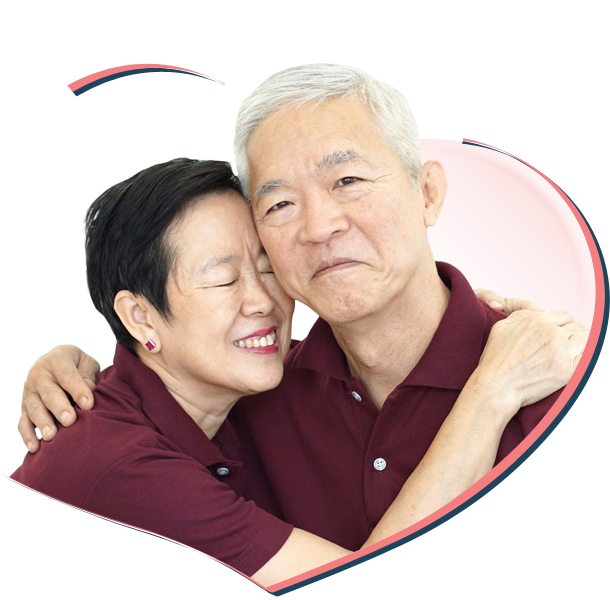Opinions throughout the news provide
I earliest tested the the total amount to which the fresh evaluations away from real reports, bogus news, and you will propaganda was indeed connected with one another, folded across the news supplies. So much more especially, i computed the typical of any subject’s 42 real reports studies, 42 phony news studies, and you can 42 propaganda studies. While the desk suggests, real reports evaluations was basically strongly and you may negatively with the bogus reports analysis and you can propaganda ratings, and you may fake development critiques was highly and you will seriously for the propaganda evaluations. Such data recommend-no less than towards number i made use of-one news firms ranked very since sources of genuine news is unrealistic as rated very due to the fact sourced elements of bogus information or propaganda, and therefore reports businesses rated highly just like the sources of fake reports are usually rated extremely since sources of propaganda.
I 2nd classified subjects into three political organizations considering the self-said governmental character. We categorized sufferers given that “Left” once they had selected the “left” selection (n = 92), “Center” when they had picked new “center” option (n = 54), and you can “Right” after they had chosen all “right” choice (n = 57). Regarding analyses one follow, we discovered similar patterns of show when managing political character since the an ongoing varying; all of our classifications listed below are with regard to convenience of translation.
Before turning to our primary questions, we wondered how people’s ratings varied according to political identification, irrespective of news source. To the extent that conservatives believe claims that the mainstream media is “fake news,” we might expect people on the right to have higher overall ratings of fake news and propaganda than their counterparts on the left. Conversely, we might expect people on the left to have higher overall ratings of real news than their counterparts on the right. We display the three averaged ratings-split by political identification-in the top panel of Fig. 2. As the figure shows, our predictions were correct. One-way analyses of variance (ANOVAs) on each of the three averaged ratings, treating Political Identification as a between-subjects factor with three levels (Left, Center, Right), were statistically significant: Real news F(2, 200) = 5.87, p = 0.003, ? 2 = 0.06; Fake news F(2, 200) = , p < 0.001, ? 2 = 0.12; Propaganda F(2, 200) = 7.80, p < 0.001, ? 2 = 0.07. Footnote 2 Follow-up Tukey comparisons showed that people who identified left gave higher real news ratings than people who identified right (Mdiff = 0.29, 95% CI [0.09, 0.49], t(147) = 3.38, p = 0.003, Cohen’s d = 0.492);  lower fake news ratings than people who identified right (Mdiff = 0.45, 95% CI [0.24, 0.66], t(147) = 5.09, p < 0.001, d = 0.771) and center (Mdiff = 0.23, 95% CI [0.02, 0.44], t(144) = 2.59, p = 0.028, d = 0.400); and lower propaganda ratings than people who identified right (Mdiff = 0.39, 95% CI [0.15, 0.62], t(147) = 3.94, p < 0.001, d = 0.663). Together, these results suggest that-compared to their liberal counterparts-conservatives generally believe that the news sources included in this study provide less real news, more fake news, and more propaganda.
lower fake news ratings than people who identified right (Mdiff = 0.45, 95% CI [0.24, 0.66], t(147) = 5.09, p < 0.001, d = 0.771) and center (Mdiff = 0.23, 95% CI [0.02, 0.44], t(144) = 2.59, p = 0.028, d = 0.400); and lower propaganda ratings than people who identified right (Mdiff = 0.39, 95% CI [0.15, 0.62], t(147) = 3.94, p < 0.001, d = 0.663). Together, these results suggest that-compared to their liberal counterparts-conservatives generally believe that the news sources included in this study provide less real news, more fake news, and more propaganda.
Average Actual news, Bogus development, and you will Propaganda feedback-separated because of the Governmental personality. Ideal panel: 2017 research. Middle committee: 2018 studies. Base panel: 2020 data. Mistake taverns portray 95% confidence intervals from phone setting
Show and you will conversation
We now turn to our primary questions. First, to what extent does political affiliation affect which specific news sources people consider real news, fake news, or propaganda? To answer that question, we ran two-way ANOVAs on each of the three rating types, treating Political Identification as a between-subjects factor with three levels (Left, Center, Right) and News Source as a within-subject factor with 42 levels (i.e., Table 1). Footnote 3 These analyses showed that the influence of political identification on subjects’ ratings differed across the news sources. All three ANOVAs produced statistically significant interactions: Real news F(2, 82) = 6.88, p < 0.001, ? 2 = 0.05; Fake news F(2, 82) = 7.03, p < 0.001, ? 2 = 0.05; Propaganda F(2, 82) = 6.48, p < 0.001, ? 2 = 0.05.
